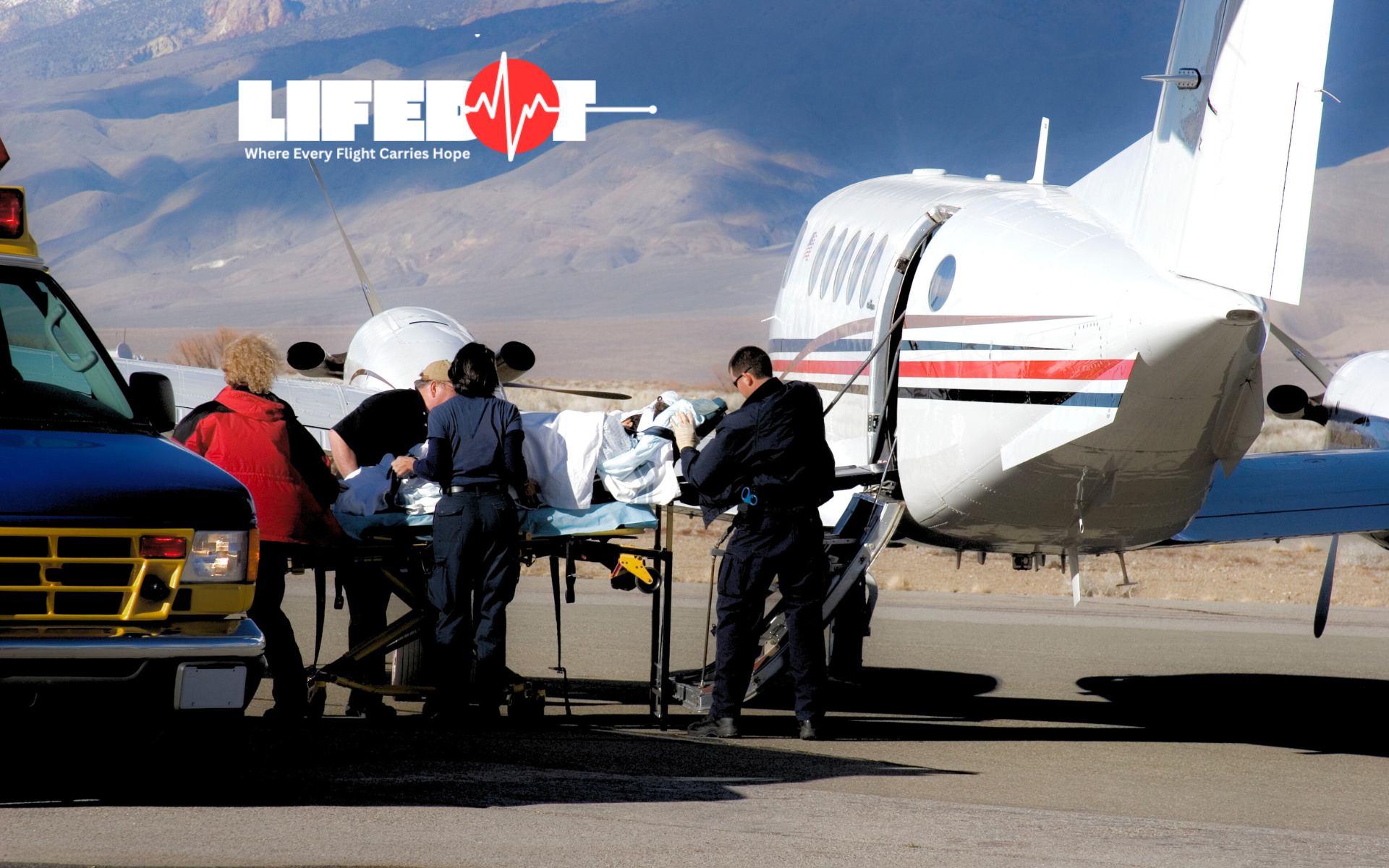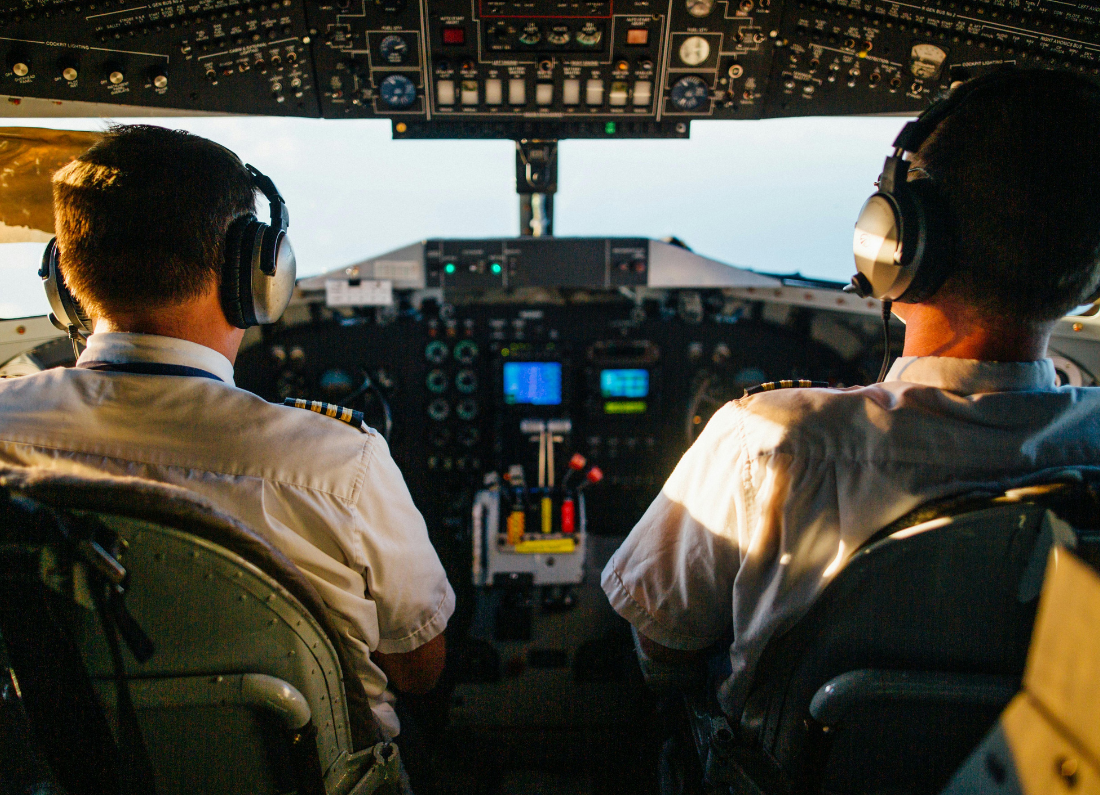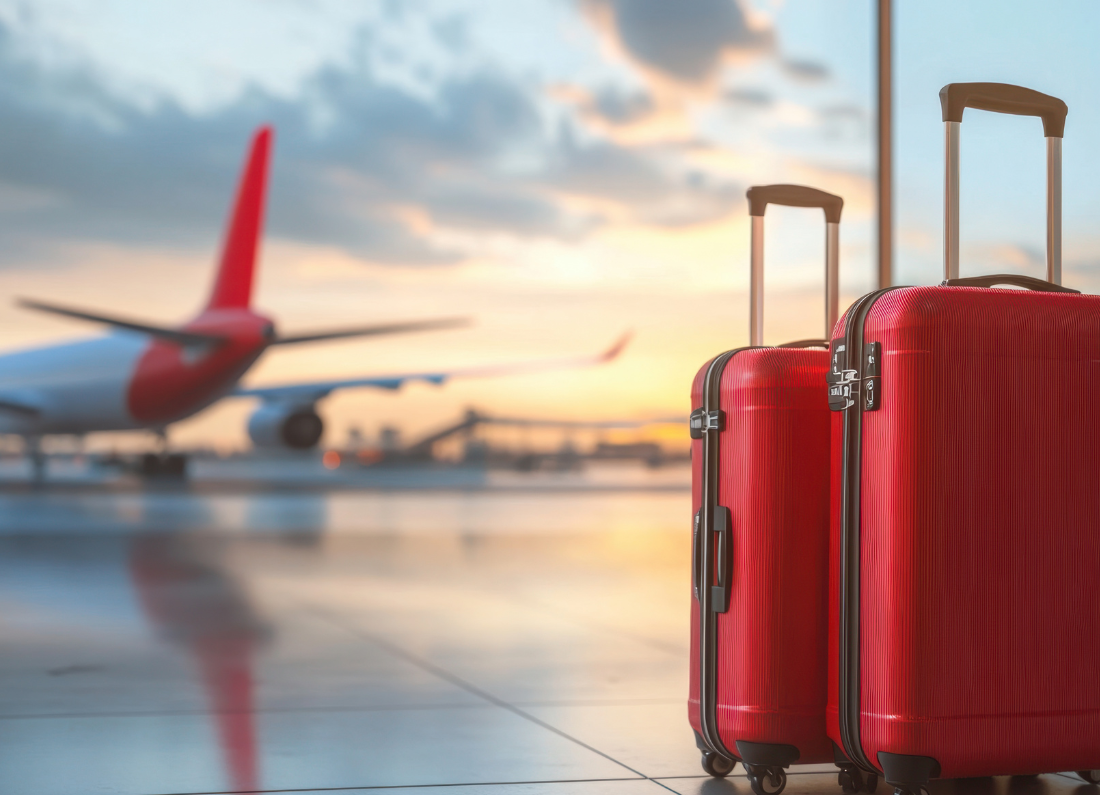MyAviation Insight | Exclusive Editorial
For years, Malaysia’s medevac services have been operating on the periphery , parked at airports, waiting for calls that may or may not come. While the mission is noble, the model is not sustainable. The truth is simple: the only way for medevac operations to grow, sustain revenue, and truly serve the public is to be based within healthcare premises.
The Hospital-Medevac Partnership Model
Having a medevac base within a hospital compound changes everything. It transforms the service from a call-based, ad-hoc operation into a trusted, integrated emergency response unit always on standby, always visible, and always in coordination with doctors.
When we are in the hospital, we are part of the medical ecosystem.
When we are at the airport, we are outsiders waiting for a call.
This is the gap Malaysia needs to close.
Revenue Through Referrals — The Key to Sustainability
Currently, most medevac missions come through referrals from hospitals, doctors, specialists, or administrators calling for patient transfers. However, without a physical base or presence, these referrals are often directed to foreign or established operators.
By being based directly within hospital premises, even with a small operations room, briefing area, and helipad access, we build daily relationships with healthcare staff, and those relationships naturally translate into consistent referrals.
Each base is not just a hangar, it’s a business and trust anchor.
Every referral strengthens both the hospital’s efficiency and our sustainability.
Mutual Benefit: Why Hospitals Should Say Yes
Private hospitals gain enormous value from hosting a medevac base:
- Faster patient transfers — improving survival outcomes.
- Higher hospital prestige — attracting medical tourists and insurance networks.
- Better crisis readiness — in mass casualty or natural disaster events.
In return, medevac operators gain visibility, credibility, and steady case volume creating a win-win partnership that serves both humanitarian and commercial purposes.
Malaysia’s Path Forward
If Malaysia wants to lead ASEAN in medical tourism and aviation-based healthcare, then the integration between private hospitals and medevac operators must happen now.
The government can support this model by streamlining regulations, while hospitals can start by allocating small facilities for aviation response teams, even if it’s just a shared operations room, helipad zone, or ambulance link gate.
A Vision from LifeDot Air
At LifeDot Air, we believe medevac is not just about aircraft, it’s about accessibility.
And accessibility begins where patients are , inside hospitals, not miles away at airports.
By building hospital-based medevac hubs, we open the door to revenue stability, improved trust, and better patient outcomes for everyone involved.
“Every hospital that opens space for medevac creates a lifeline , not just for patients, but for the sustainability of the entire emergency aviation industry.” said Adam Sathis Kumar
For Malaysia’s medevac industry to thrive, the model must evolve from flight-based to facility-based.
Because in aviation healthcare, revenue doesn’t come from takeoff , it comes from being present when lives need you the most.
















Leave a Reply